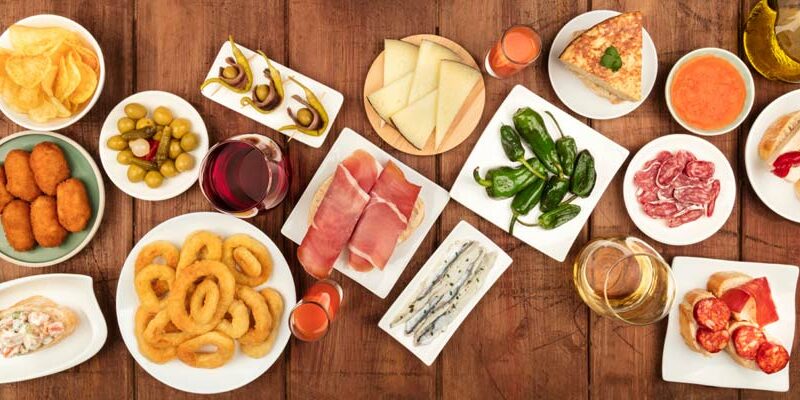
React to our article
I love it
0
I like it
1
I'm lovin 'it
0
I don't understand something
0
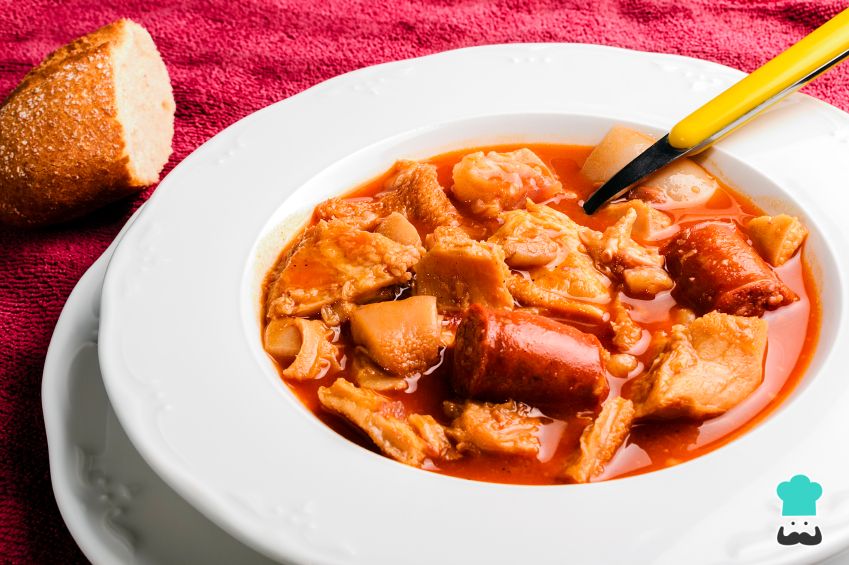
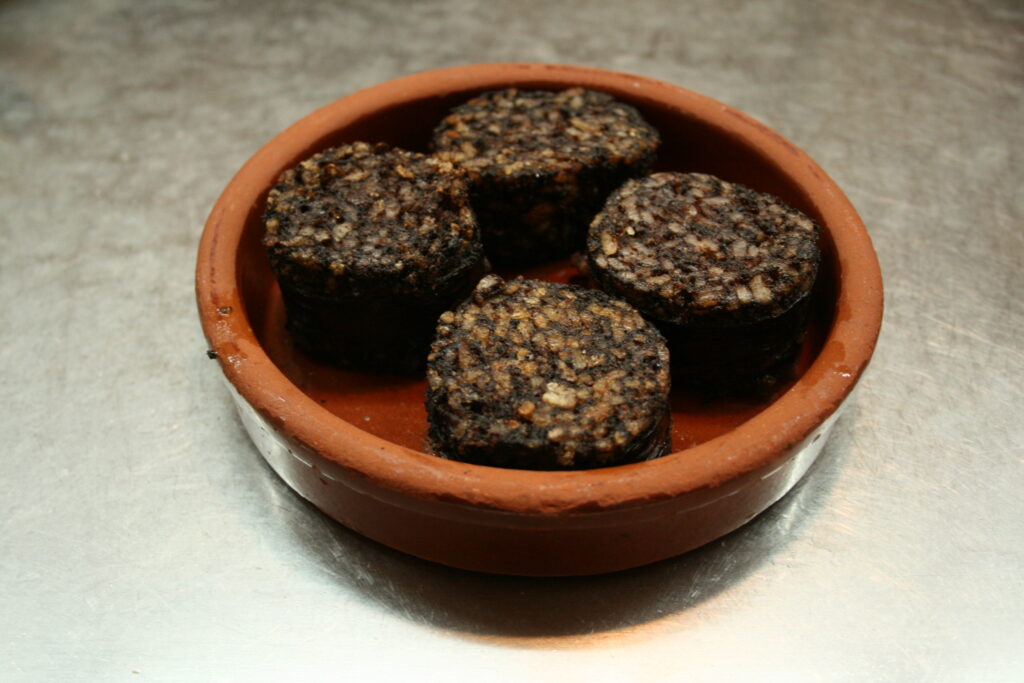
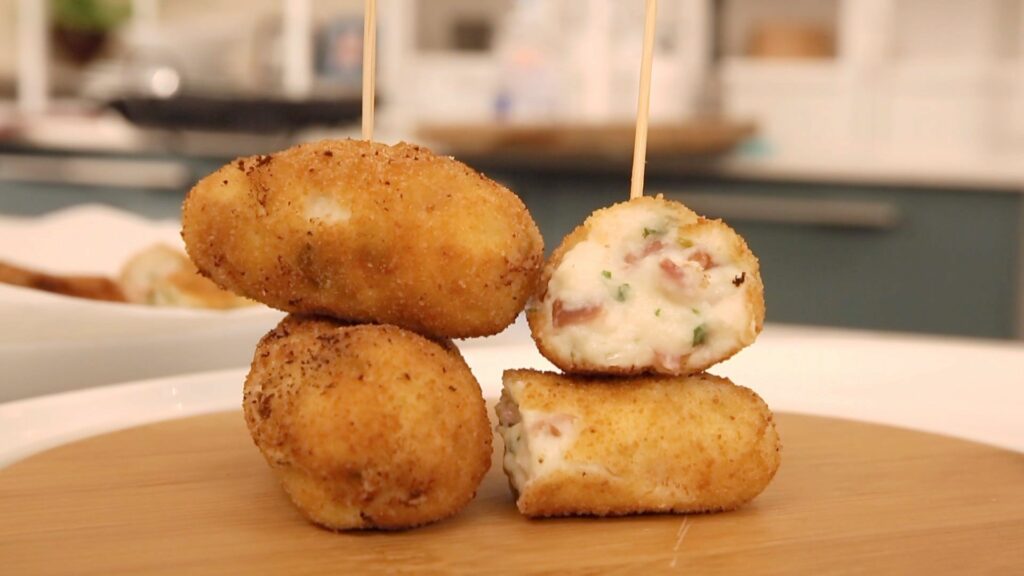
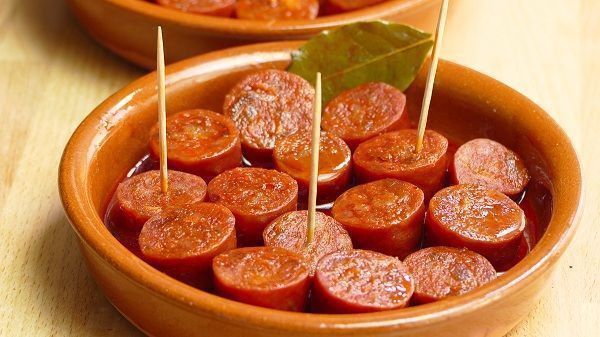

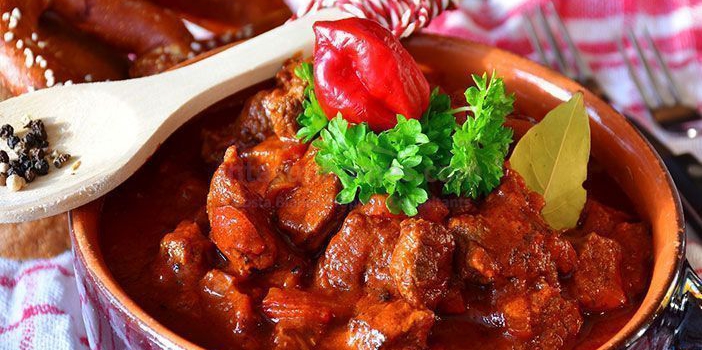
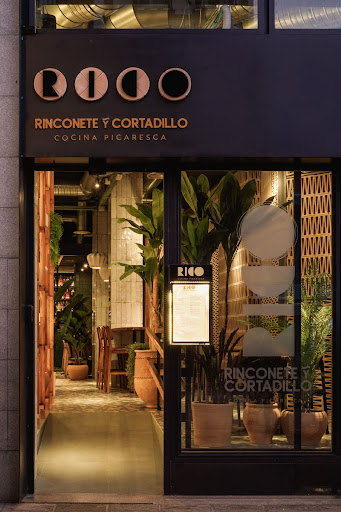





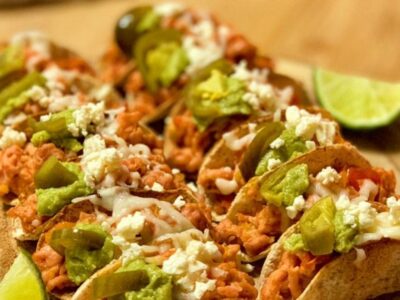







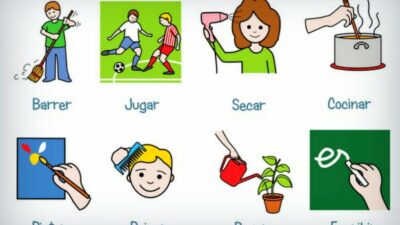

Desde hoy prefiero esta web, y la recomiendo a mis amigos.
Aquí está el sitio adecuado para cualquiera que realmente quiera entender este tema. Sabes tanto que es casi difícil discutir contigo (no es que realmente necesite hacerlo… Jaja). Definitivamente le das un nuevo giro a un tema sobre el que se ha escrito durante años. ¡Grandes cosas, simplemente geniales!